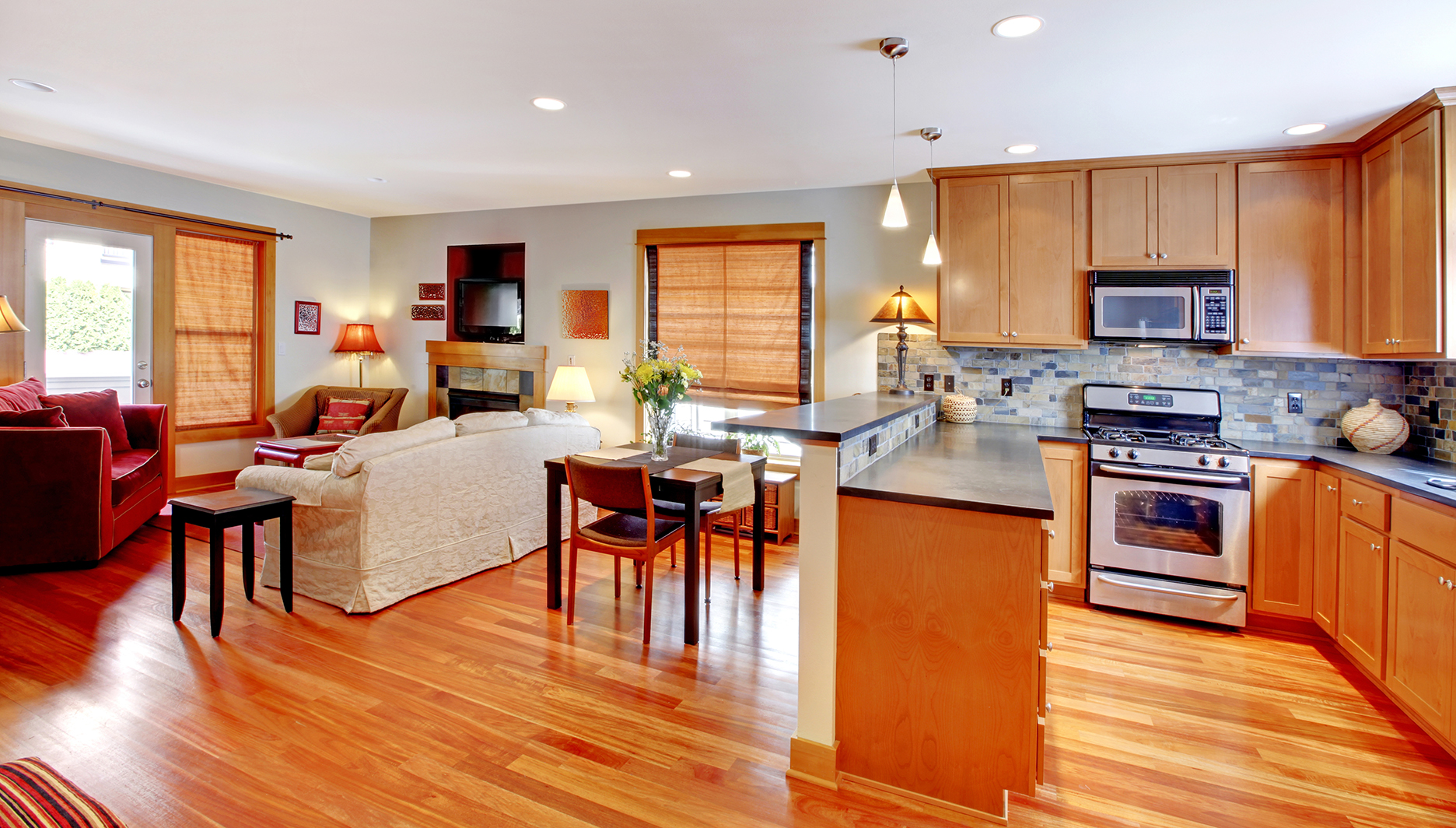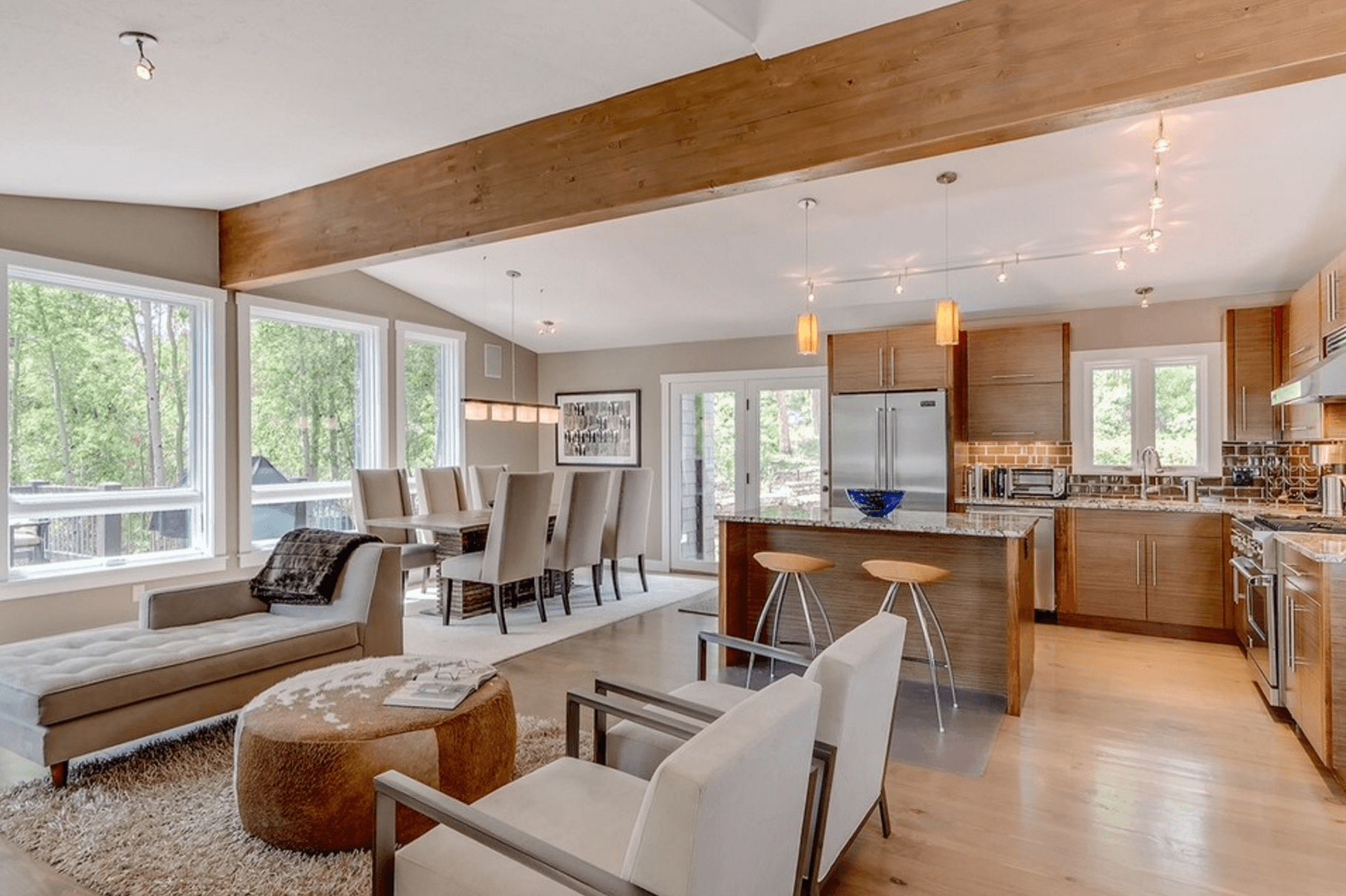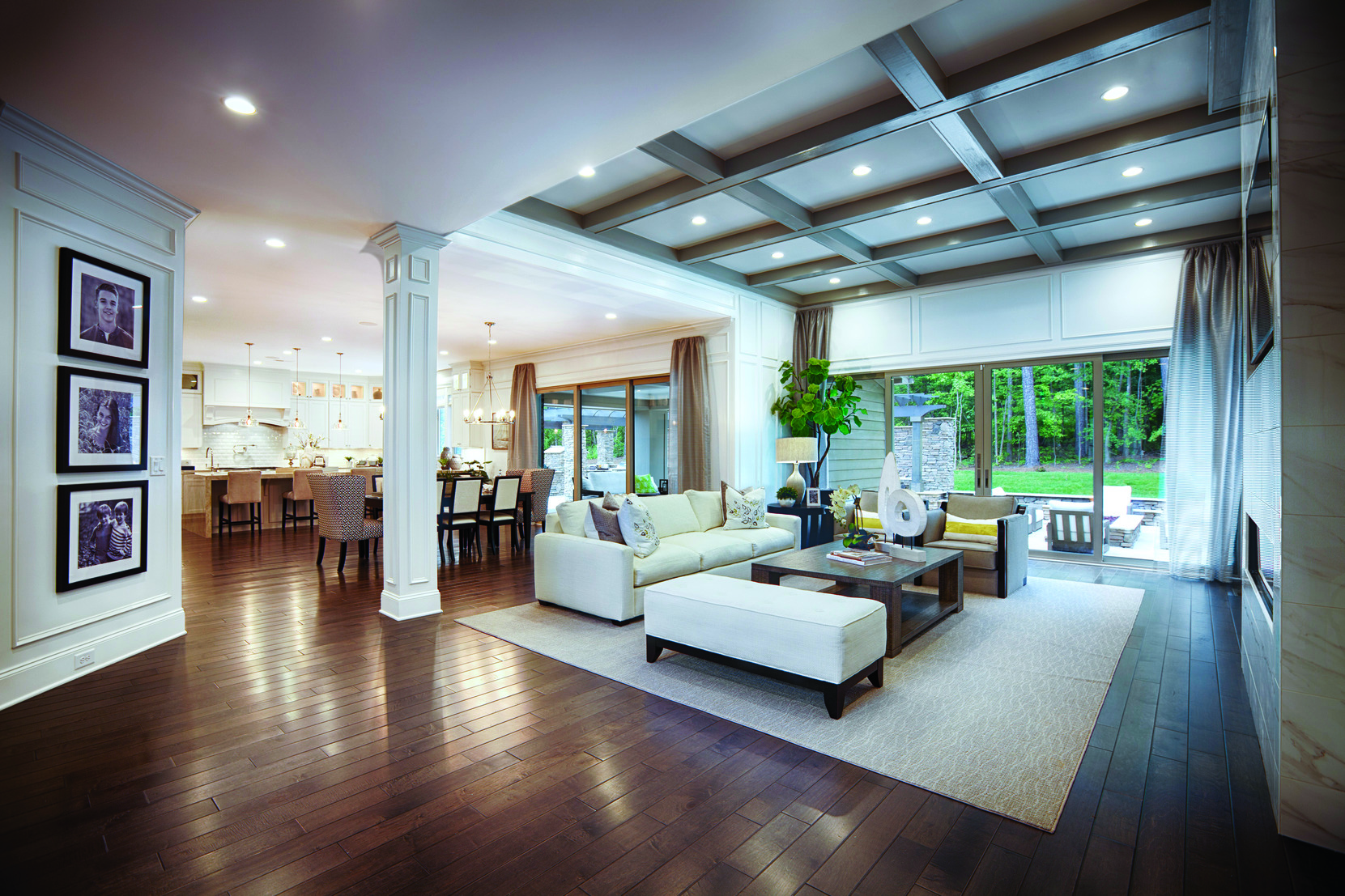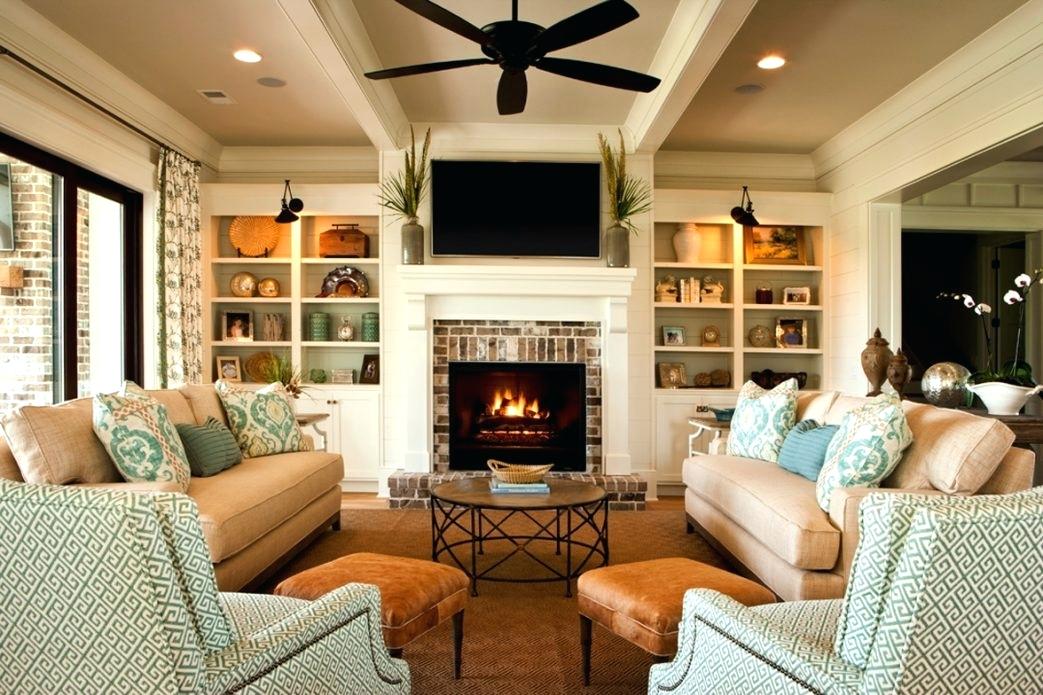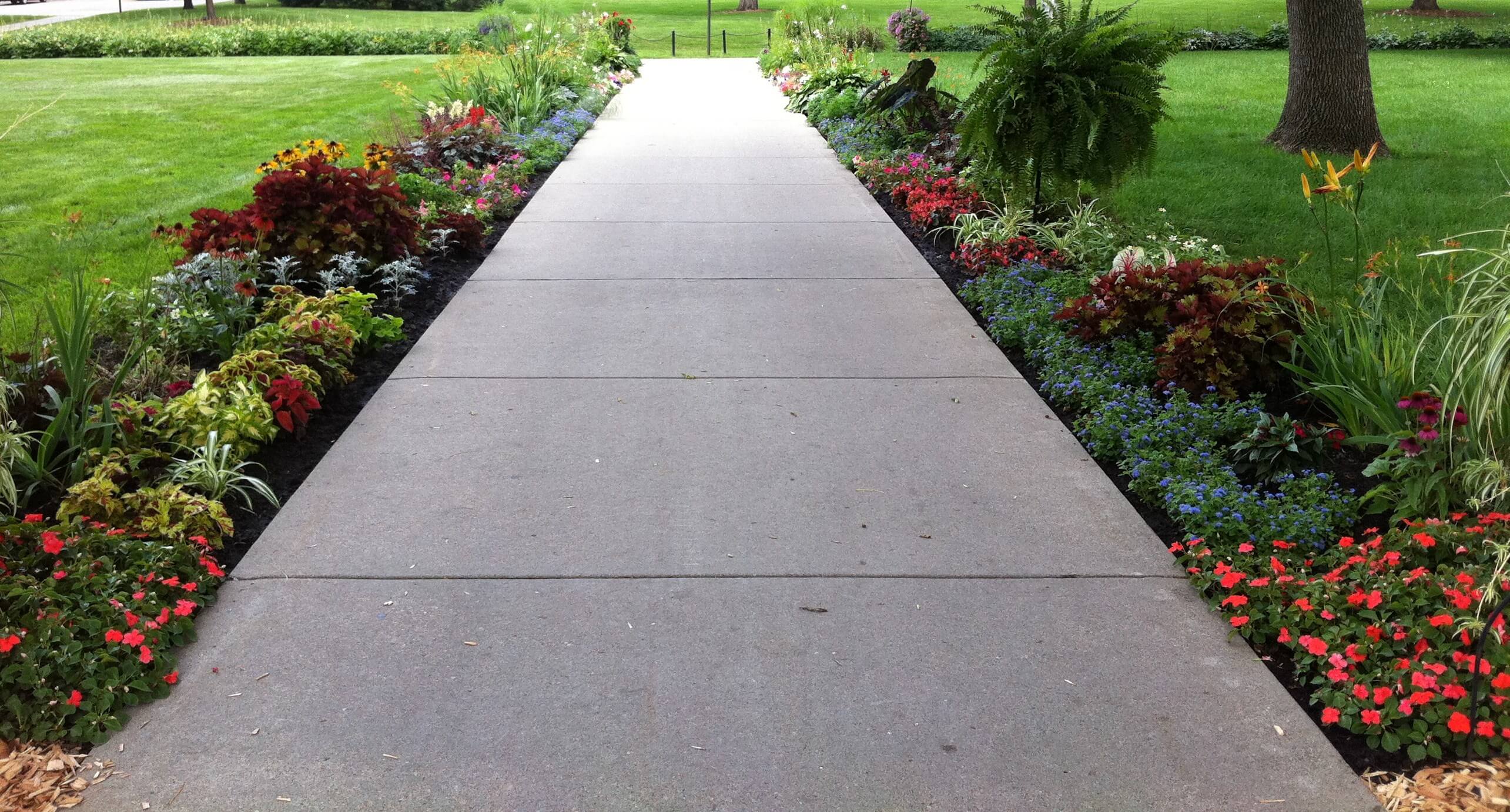If you want to create a welcoming and functional living room, it's important to consider the circulation space. This refers to the area in the room where people can move around freely without obstruction. Having a good circulation space not only makes your living room feel more spacious, but it also improves the flow and functionality of the room. When planning your living room layout, be sure to leave enough circulation space between furniture pieces and around the room. This will ensure that your living room is not only aesthetically pleasing, but also practical for everyday use.1. Living Room Circulation Space
The layout of your living room plays a crucial role in the circulation space. It's important to consider the size and shape of the room when deciding on a layout. For example, if you have a small living room, you may need to be more strategic with your furniture placement in order to maximize the circulation space. On the other hand, if you have a larger living room, you have more flexibility in your layout options. You can create different zones within the room, such as a seating area and a reading nook, while still leaving enough space for easy movement between them.2. Living Room Layout
Many modern homes have open floor plans, where the living room, dining room, and kitchen are all connected in one large space. While this can create a sense of openness and flow, it's important to pay attention to the circulation space in this type of layout. Make sure there is enough room for people to walk around and between the different areas without feeling cramped. You may also want to consider using furniture that can serve multiple purposes, such as a coffee table with hidden storage or a sofa with a pull-out bed, to maximize the functionality of your open living space.3. Open Floor Plan
When it comes to the circulation space in your living room, it's important to consider the traffic flow. This refers to the path that people take when moving through the room. Analyzing the traffic flow can help you determine the best placement for furniture and other items in the room. For example, you may want to leave more space in areas where people tend to walk through frequently, such as the pathway from the entryway to the seating area. This will prevent any potential traffic jams and make it easier for people to move around the room.4. Traffic Flow
The placement of your furniture can have a significant impact on the circulation space in your living room. As mentioned before, it's important to leave enough room between furniture pieces to allow for easy movement. But it's also important to consider the placement of larger pieces, such as sofas and armchairs, in relation to the traffic flow. You may want to position these larger pieces against the walls or in corners to create more open space in the center of the room. This will not only improve the circulation space but also make the room feel more spacious and inviting.5. Furniture Placement
Space planning is a crucial aspect of creating a functional living room with good circulation space. This involves carefully considering the size and placement of each furniture piece to ensure that the room feels balanced and flows well. One helpful tip is to use a floor plan or online room planner to map out your living room and experiment with different furniture arrangements. This will allow you to visualize the circulation space and make any necessary adjustments before physically moving furniture around.6. Space Planning
The flow of a room refers to how well the different elements in the space work together to create a cohesive and functional layout. When it comes to the circulation space in your living room, it's important to consider the room flow. This means ensuring that there is a clear and logical pathway through the room, without any obstacles or awkward furniture placements. A well-planned flow will make your living room feel more spacious and comfortable for both everyday use and entertaining guests.7. Room Flow
When designing your living room, it's important to create designated walkways that lead from one area to another. This will help to keep the circulation space clear and prevent any potential tripping hazards. You may also want to consider using different flooring materials or rugs to visually define the walkways and separate them from other areas in the room. This will add a touch of style and further enhance the flow of the space.8. Walkways
In addition to designated walkways, it's also important to keep the pathways in your living room clear of clutter and unnecessary furniture. This includes avoiding placing furniture or decor items in areas that are meant for walking. A clear pathway will not only improve the circulation space but also make the room feel more organized and visually appealing. Consider utilizing storage solutions, such as shelves or baskets, to keep items off the floor and maintain a clean and open pathway.9. Clear Pathways
Ultimately, the goal of optimizing the circulation space in your living room is to create a functional and comfortable space for you and your family to enjoy. By carefully considering the layout, traffic flow, and furniture placement, you can design a living room that not only looks great but also works well for your everyday needs. Remember to regularly assess and adjust the circulation space in your living room as your needs and preferences may change over time. With a well-planned and well-maintained circulation space, you can transform your living room into a functional and inviting space for everyone to enjoy.10. Functional Living Room
The Importance of Proper Circulation Space in Your Living Room

Creating a Functional and Comfortable Living Room Design
 When designing a house, the living room is often the first thing that comes to mind. It is the heart of the home, where families gather and guests are welcomed. As such, it is important to create a space that is not only aesthetically pleasing but also functional and comfortable. One key factor that plays a crucial role in achieving this is
proper circulation space
. This refers to the pathways and flow of movement within the living room.
When designing a house, the living room is often the first thing that comes to mind. It is the heart of the home, where families gather and guests are welcomed. As such, it is important to create a space that is not only aesthetically pleasing but also functional and comfortable. One key factor that plays a crucial role in achieving this is
proper circulation space
. This refers to the pathways and flow of movement within the living room.
Maximizing Space and Creating Balance
Promoting Social Interaction and Accessibility
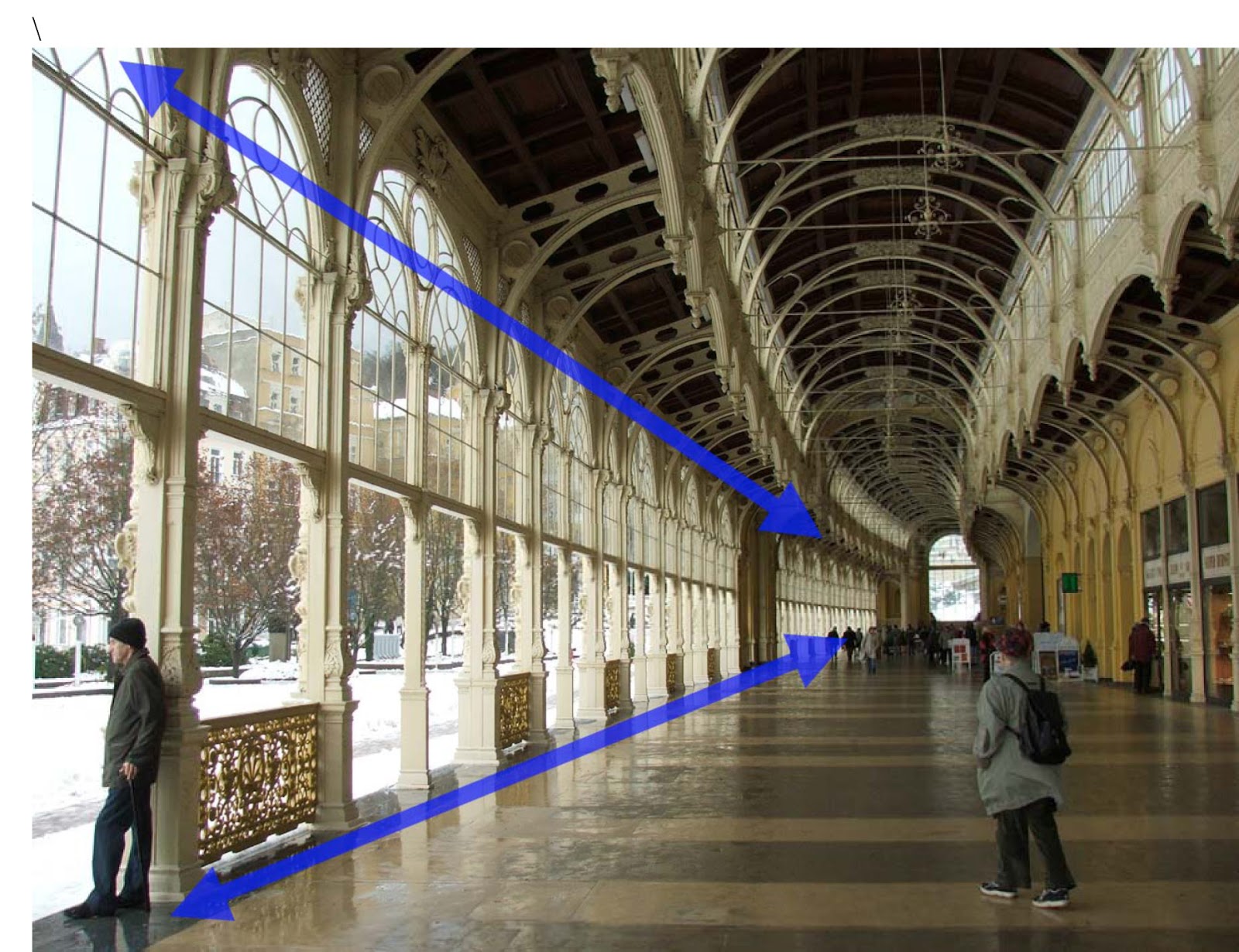 A well-designed circulation space also encourages social interaction and accessibility within the living room. By creating clear pathways, it becomes easier for people to move around and engage with each other. This is especially important for larger gatherings or households with children, as it allows for everyone to comfortably coexist in the same space. Additionally, an accessible circulation space makes it easier for individuals with mobility issues to navigate the room.
A well-designed circulation space also encourages social interaction and accessibility within the living room. By creating clear pathways, it becomes easier for people to move around and engage with each other. This is especially important for larger gatherings or households with children, as it allows for everyone to comfortably coexist in the same space. Additionally, an accessible circulation space makes it easier for individuals with mobility issues to navigate the room.
Designing for Functionality and Safety
 In addition to promoting social interaction and maximizing space, proper circulation space also contributes to the functionality and safety of your living room. By strategically placing furniture and creating clear pathways, you can improve the overall flow and functionality of the room. This is especially important in terms of safety, as a cluttered and poorly designed circulation space can pose a tripping hazard. By investing in a well-designed living room with proper circulation space, you are also investing in the safety and functionality of your home.
In addition to promoting social interaction and maximizing space, proper circulation space also contributes to the functionality and safety of your living room. By strategically placing furniture and creating clear pathways, you can improve the overall flow and functionality of the room. This is especially important in terms of safety, as a cluttered and poorly designed circulation space can pose a tripping hazard. By investing in a well-designed living room with proper circulation space, you are also investing in the safety and functionality of your home.
In conclusion, when designing your living room, it is crucial to consider the importance of proper circulation space. Not only does it contribute to the overall functionality and safety of the room, but it also plays a significant role in creating a comfortable and inviting space for both family and guests. By carefully designing the pathways and flow of movement within your living room, you can achieve a well-balanced and functional space that meets your design needs.










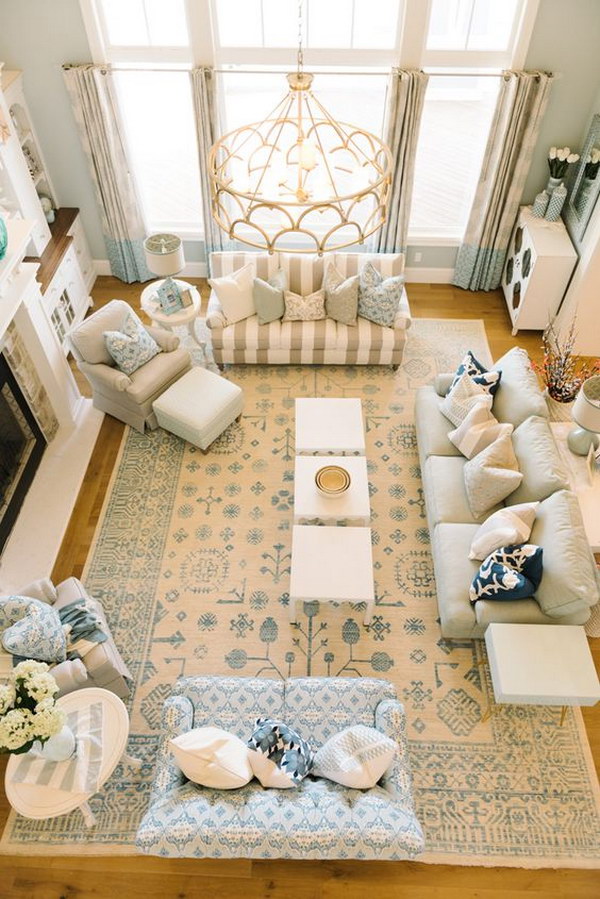




:max_bytes(150000):strip_icc()/cdn.cliqueinc.com__cache__posts__198376__best-laid-plans-3-airy-layout-plans-for-tiny-living-rooms-1844424-1469133480.700x0c-825ef7aaa32642a1832188f59d46c079.jpg)





